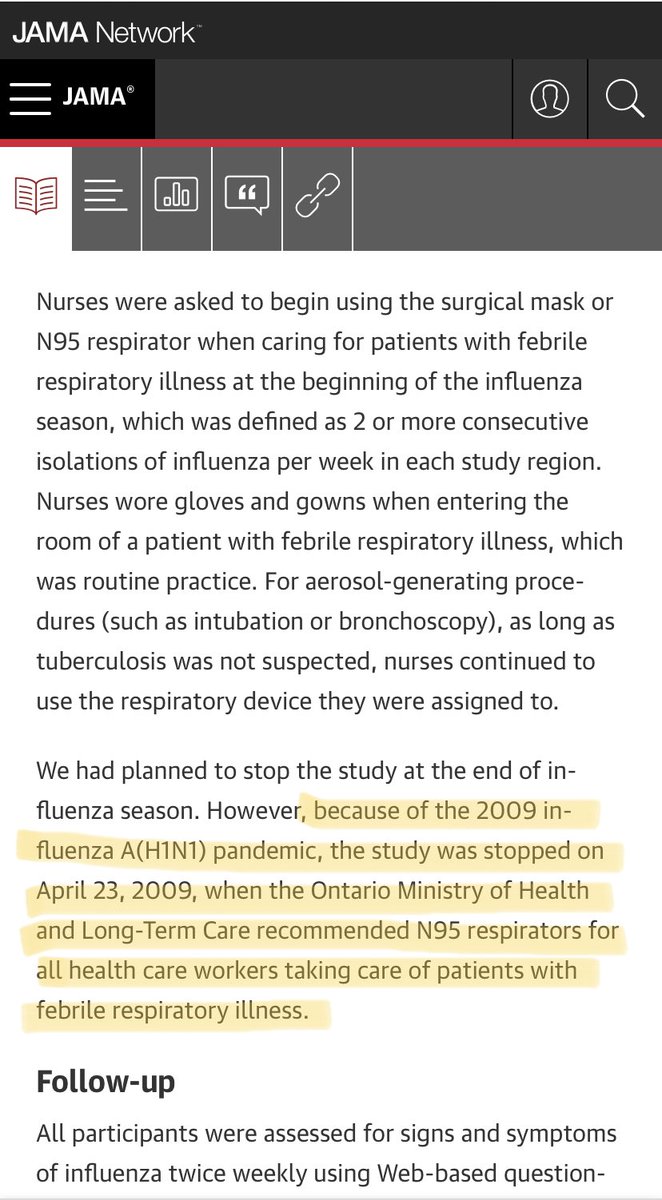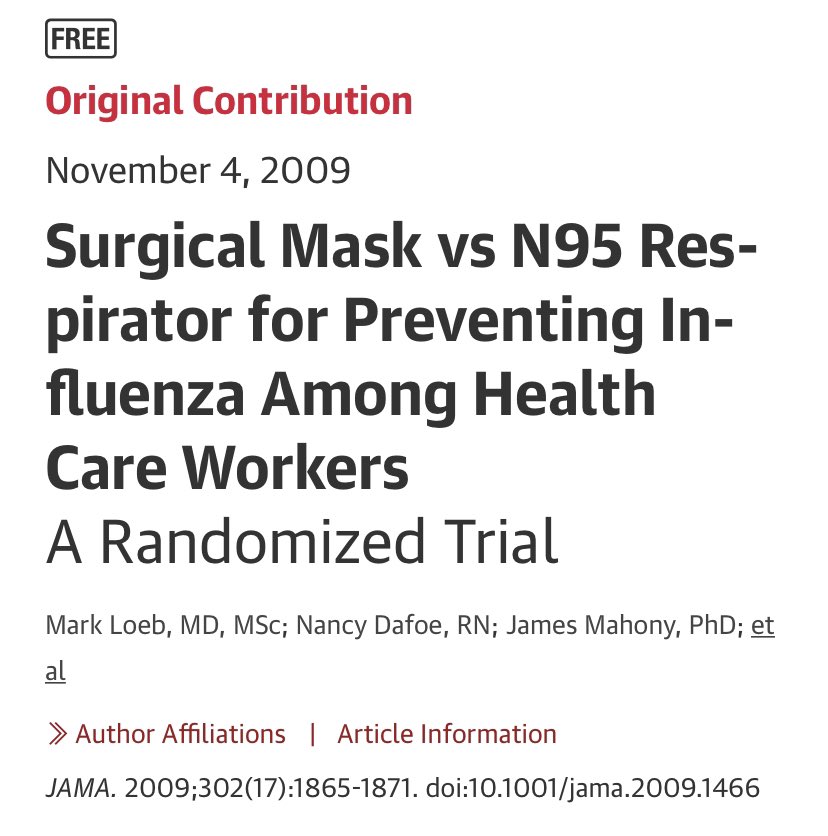
In early 2020, we detected airborne SARS-CoV-2 in COVID-19 patient rooms (in the absence of superficial aerosol generating procedures) in a Singapore hospital. We alerted WHO and others immediately and scrambled to get the word out in a preprint on April 9, 2020. Read on...
https://twitter.com/TheLancet/status/1382973273458286593
On April 15, 2020, Singapore (where I live/work) mandated masks for everyone outside their home. Smart move. Given past experience (7 years researching airborne transmission of viruses, now 8), I could see early on that this virus was transmissible through aerosols. So, masks..👍
The simple fact that this was a *respiratory* virus causing a pandemic was really all the information that was needed. Despite this, I knew at least *some* folks would argue for evidence of viable virus in air, but we did not have permission to do the cultures yet.
Keep in mind, this was at the very beginning of the pandemic and biocontainment labs in Singapore were packed with other important COVID-19 projects. Everyone was overworked, in panic mode, and culturing air samples was not viewed as a top priority.
We kept trying to find ways to do this, meanwhile our preliminary work was published in Nature Communications on May 29, 2020. Super team effort!
By that time, other colleagues around the world were starting to find and publish similar data/evidence on preprint servers and in scientific journals. This helped us compare notes. It was beautiful to see science doing its thing.
Surely, even before this, I thought we (the world) had enough evidence to prompt airborne control measures and mass production/distribution of N95s. In June, WHO did recommend mask use for the general public, but more emphasis on aerosol transmission was needed.
Not enough ppl were convinced (or wanted to be convinced). The message to us, by forces at the top (unknown to me who, no offence/shame intended here) was that we needed to culture virus from aerosols <5μm because all the rest are droplets that drop onto nearby surfaces.😕
Ugh! I was confused. This was not correct. Yes, smaller particles are inhaled deeper into the lungs, & particle size fractionation is useful, but particles up to 100μm still float and are inhalable. These are still aerosols!
https://twitter.com/drkristenkc/status/1267290943658442753?s=20
I thought to myself, "We are in an emergency, this can't seriously be the criteria needed before taking action?" and, "do these people know how hard/technical it is to culture virus from room air, let alone particles <5μm?".
Frustration aside, we tried anyways, failed, published our failed attempts (hoping they would not be used to dangerously oppose aerosol transmission), and are still trying. I am grateful for the authors of this Lancet publication. It has not been easy, especially in the beginning
Arguments opposing airborne transmission were coming from every direction. I felt like I was stuck at the bottom of a top-down attempt to negate this transmission route. At one point, a fungus doctor on Twitter felt the need to mansplain epidemiology to me. It was a wild time.
I am from the US, and embarrassingly had to ask my IPC colleague if this stringent airborne criteria was something unique to Southeast Asia, although this info appeared to be coming from advisors to WHO.
He pointed me to an IPC publication and that's when I realized just how deep this was. We were learning so much from each other at this point. My explanations of aerosol transmission down to the sub micron level did not quite fit with IPC literature/criteria for "airborne"
Don't get me wrong, I knew there was disagreement between fields of study on this topic, but didn't realize the magnitude. I optimistically thought these misunderstandings could be quickly settled once the nature of aerosols was explained to everyone.
Personally, I didn't think there was enough reason to not move forward with airborne mitigation strategies while we continued to gather more evidence. Apparently other scientists (239 of them) were on the same page, and wrote a letter to WHO calling for new safety recommendations
I provided comments about that letter here, in the context of Singapore (where I live) which had already been implementing excellent safety precautions: straitstimes.com/singapore/heal…
I said, "The (Government) has appropriately provided everyone with face masks and mandated their use in public, along with physical distancing and limiting social gatherings to five people."
The article goes on..."Her advice: The best thing people can do is to keep this transmission pathway in mind and follow all measures already put forth, especially if they plan to dine-in at restaurants or host small gatherings at home during phase two of reopening."
"I would strongly encourage people to do this outdoors or in well-ventilated spaces, if possible, and to of course continue frequently washing hands with soap and water to minimise contact transmission." The article continues..."Dr Coleman pointed to an earlier study...
...where local researchers had detected the coronavirus in the air of infected patients' rooms, but had been unable to assess how infectious it was in such samples."
Finally, I said, "That is part of what is keeping WHO and others from acknowledging the risk of aerosol transmission."
This was on July 6, 2020.
This was on July 6, 2020.
I'll wrap this outpour up by saying that my mind is still blown. Never did I think it would possibly take over a year into a pandemic, >143 million cases, and >3 million lives lost to get to where we are on this topic. I would love to hear other stories/perspectives.
🖖
🖖
• • •
Missing some Tweet in this thread? You can try to
force a refresh




